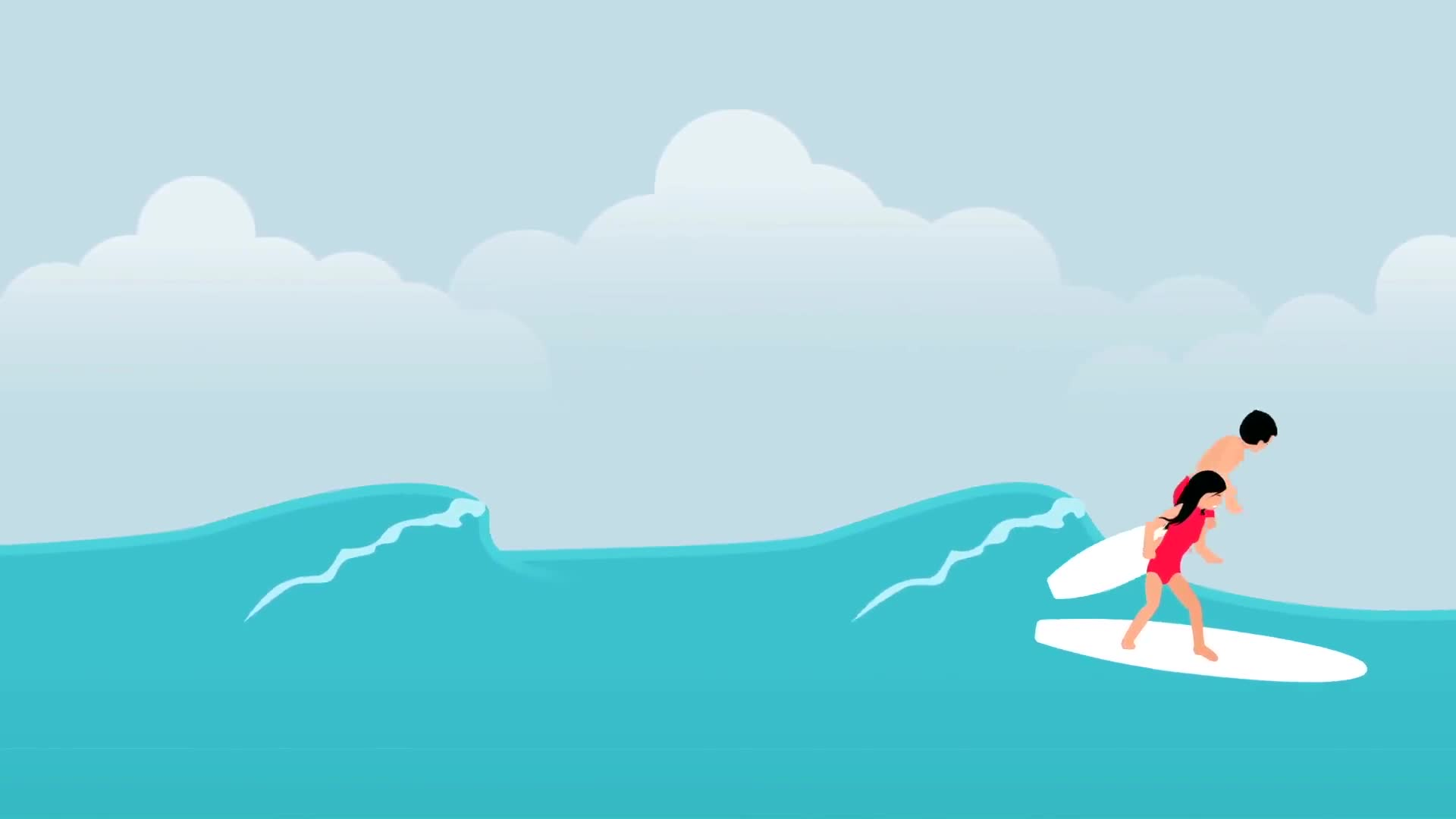
Introduction
Conversations are like waves; they flow smoothly from one topic to another, allowing the participants to ride the wave until it’s time to shift to a new one. In this blog post, we will explore an engaging and practical approach to teaching students how to transition smoothly between topics during conversations, using the concept of surfing waves. This method will help students develop better communication skills and promote positive social interactions in the classroom and beyond.
No-Prep Activity: Topic Wave Relay
In this no-prep activity, students practice transitioning between topics in a fun and interactive way. Here’s how to conduct the Topic Wave Relay:
- Divide students into two teams and have them stand in two parallel lines facing each other.
- Choose a student from one team to start the conversation with a topic, such as “sports.”
- The student across from them on the other team must continue the conversation on the same topic until they feel the wave has ended.
- Once the wave has ended, the student must introduce a new topic, like “the weekend,” and the conversation continues with the next student in line on the opposing team.
- The relay continues until all students have participated in the conversation.
This activity allows students to practice staying on topic and transitioning to new topics in a structured and engaging manner.
Discussion Questions
After completing the Topic Wave Relay, use these discussion questions to encourage further reflection and learning:
- How did it feel to stay on one topic and transition to a new one during the activity?
- What strategies did you use to know when it was time to switch topics?
- How can practicing these conversation skills help you in your daily interactions with others?
- Can you think of a time when a conversation felt disjointed or confusing because topics were not transitioned smoothly? How did that make you feel?
- How can we apply the concept of surfing waves in conversations to other areas of our lives?
Related Skills
Besides smooth topic transitions, there are other essential communication skills that students can benefit from learning. These include:
- Active listening: Paying attention and showing interest in what others are saying.
- Nonverbal communication: Understanding and using body language, facial expressions, and gestures effectively.
- Empathy: Recognizing and understanding the feelings of others during conversations.
- Asking open-ended questions: Encouraging deeper discussions and promoting active engagement in conversations.
Next Steps
If you found this approach to teaching conversation skills helpful and would like to explore more Social-Emotional Learning techniques, we encourage you to sign up for free samples of our skill-based resources and activities. Visit Everyday Speech’s sample materials to access a variety of engaging and practical resources designed to help students develop essential communication and social skills.

